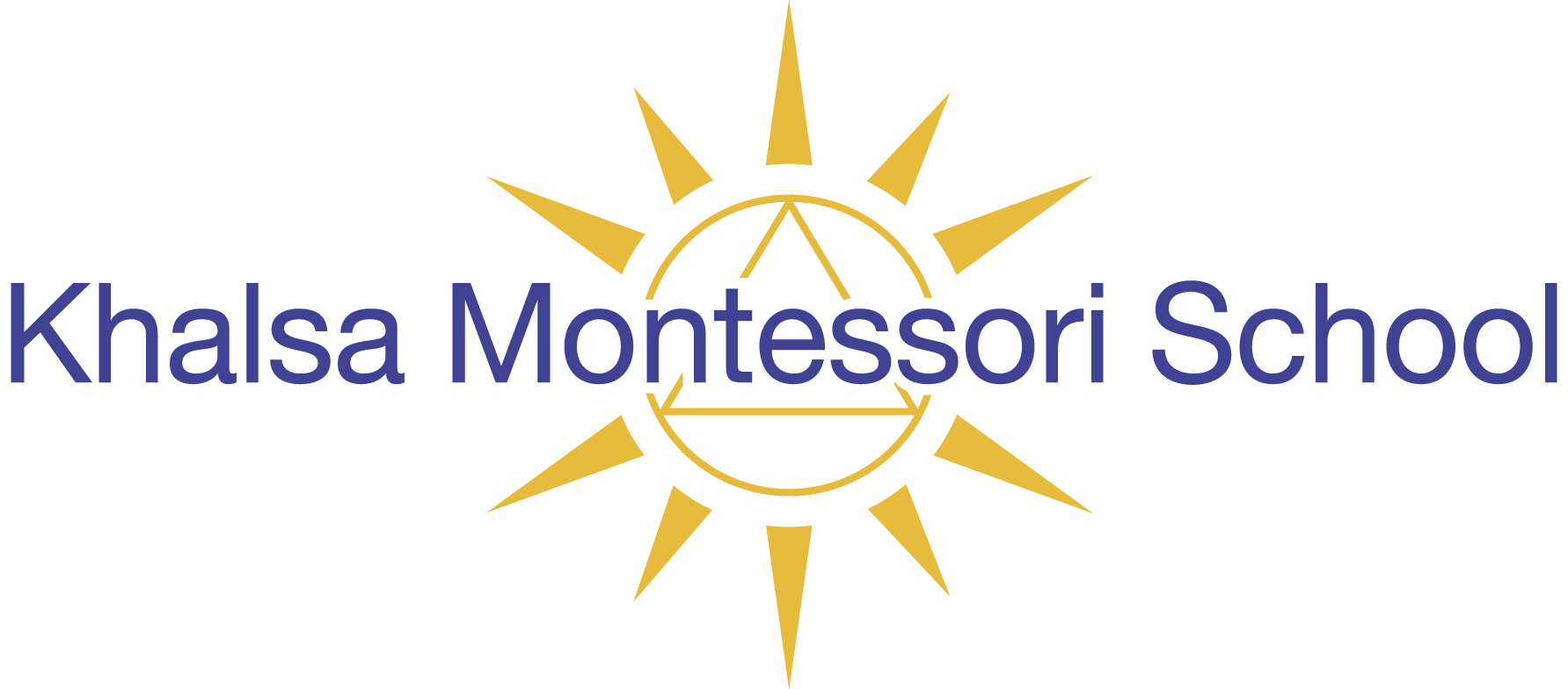During your observation at Khalsa, you will notice many different purposeful activities which are self-directed and self-chosen, and some that are teacher expected when a student is not choosing on his/her own. There is a relaxed, unhurried atmosphere and a spontaneous interest in work. You may note varying degrees of concentration as well as social interaction.
Some questions or thoughts to consider when observing:
What values did I see students demonstrating today? Some examples are respect, curiosity, autonomy, perseverance, empathy.
What type of collaborative interactions did I see today?
What type of inter-personal conflict was observed? How was it resolved?
What are the ways in which the adults give students independence in the classroom?
When do adults intervene?
How do children relate to one another? How do adults and students relate to each other?
What examples of self-directed, teacher-directed, peer-directed learning did I see today?
How were logical and natural consequences implemented in the classroom day?
Notice the work when a student is demonstrating engagement:
Is it challenging, done individually or within a small group?
Is the work done in an orderly way and with care?
How does the student handle challenges or hardships in completing the work?
How does the student handle interruptions?
Is the work completed and put away carefully?
How do students work in a large group setting?
How did a student show empathy towards another?
What type(s) of attitude do students demonstrate towards one another?
Parents are welcome and encouraged to come multiple times in a year, and come multiple years within a level. Each experience will cumulatively help any observer understand the holistic goals of a Montessori classroom and provide tools for consistent interactions with a student in environments outside a school.
